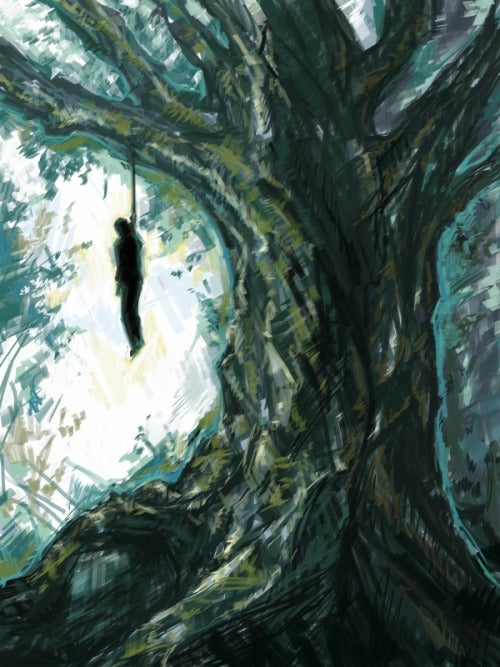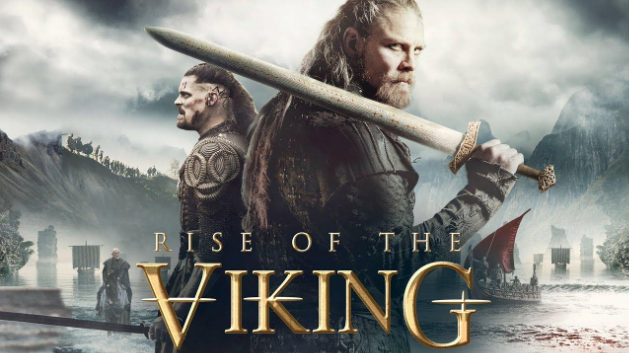What language is closest to old Norse?
So you might know about the modern descendants of the Old Norse Dialects and wonder “what language is the closest to Old Norse”. This article will help you to figure it out.

There are a number of other languages that have been heavily influenced by Old Norse: the Norman dialects, Scottish Gaelic, Waterford Irish, Russian, Belarusian, Lithuanian, Finnish, German, all the Scandinavian languages, and Estonian as a few examples. However, In terms of etymology, the Icelandic language is said to be the answer to the question ”what language is the closest to Old Norse” .
From Old Norse to modern Icelandic
If you want to have a more clear explanation of what the Icelandic language is and why it is the closest language to Old Norse, scroll down and see the similarities and the differences between the Icelandic and Old Norse.
Three distinct Old Norse dialects
In the 11th century, there was widespread of Old Norse in Europe due to the boom of Norse expansion and trade that was divided into three dialects namely: Old East Norse, Old West Norse, and Old Gutnish. The Old East dialect was spoken in Denmark, Sweden and maybe in the colony located in Russia at that time while the Old West Norse was spoken in the Norse settlements of: Ireland, Scotland, the Isle of Man, and in the Norwegian settlements of Normandy.
The origin of the Icelandic language
Just talked about Old West Norse as this dialect was used in the Norwegian settlements of Normandy, the Isle of Man, Scotland, and Ireland. Hence, the Old Icelandic and Norwegian formed into the Old West Norse dialect. As a result, when it comes to the question “what language is closest to Old Norse?”, it is no doubt to be Icelandic language.

The Old Icelandic Language
The reasons why modern Icelandic is the closest language to Old Norse
The modern descendants of the Old West Norse dialects spoken today are: Icelandic, Faroese, Norwegian. There is also the now extinct Norn language that was used in the Orkney and the Shetland Islands. However, there are several reasons why modern Icelandic language is the closest to Old Norse but the manifest evidence we can clearly realize is the alphabet. People who can read Icelandic are able to read Old Norse too as the modern written Icelandic is rooted in Old Norse phonemic writing system.
The Icelandic Letters - the proof of why Icelandic is the closest language to Old Norse
General speaking, if anyone has ever looked at Icelandic letter, they would never ask a question like “what language is closest to Old Norse” because there are only slight differences in spelling and semantics. Check out the letters below and you will understand why
Þ
You might’ve seen this little guy before. It’s a good place to start because it’s easier to understand and pronounce than it looks. While it’s daunting because it doesn’t resemble a letter you might know, “thorn” (for that is the letter’s name) is a simple “th”, similar to the sound of thank you.
Thorn (or Þ) has been used in Old English and Old Norse, but Icelandic is the only modern language to still use it commonly.
Ð
This one is like a cousin to the word above. It’s a similar “th” sound but never appears at the start of a word, similar to the sound of that.

Á
Another slightly tricky one, but again, easy if you know it: “A” with an accent can have a few pronunciations depending on where you see it. In Gaelic, it’s “aw”, for instance. But in Icelandic, it’s “ow”, as in rhyming with “cow” or indeed, “plough”.
É
Very easy: If you can say “yeah” you can say this letter.
Ú
Ú follows the same rule as many European languages: Namely, that it has the same effect as a double “o” – making an “oo” sound.
Au
The best way to pronounce this sound is to channel your inner town crier (those people that shout and ring a bell when giving public announcements). “Oyez, Oyez”
Ey
Rhymes with “say”.
Í
An “I” with an accent is pronounced “ee”.
The slight differences between the Old Norse and Icelandic language
The “biggest” differences between Old Norse and Icelandic language are mostly orthographical and phonological. It was forced to be changed in order to be used in these modern days, especially for digital uses as they can be easier to type in Microsoft words for example. However, the Icelandic still preserves a lot of Old Norse vocabulary. The orthographical changes can be easily adapted to: hestr->hestur and maðr->maður, for an instant. Unstressed dental fricatives in Old Norse become voiced in Modern Icelandic (gengit-> gengið, at-> að), Modern Icelandic breaks up most consonant clusters (as reflected in the orthography), and Old Norse orthography can vary quite a bit as there was no standard. Compare some Old Norse texts on sagadb.org to their Modern Icelandic versions.
Phonologically, there have been huge developments over the past six or seven hundred years. Diphthongs and a few letters are also pronounced differently in Modern Icelandic from what we know of reconstructed Old Norse pronunciation.
That’s all about the closest language to Old Norse. This article has summarized all the information in order to help you answer the question “what language is closest to old norse”.
Leave your comment below and don’t forget to subscribe us at https://haquil.com/blogs/viking in order to update the latest article about Viking stuff!




